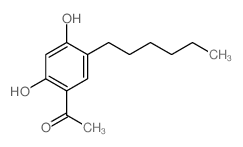136-77-6
| Name | 4-Hexyl-1,3-benzenediol |
|---|---|
| Synonyms |
Hexylresorcinol
4-Hexylresorcinol MFCD00002284 1,3-Benzenediol, 4-hexyl- 4-hexylbenzene-1,3-diol 4-n-hexylresorcinol 4-Hexyl-1,3-benzenediol 4-Hexyl-1,3-dihydroxybenzene,4-Hexylresorcinol EINECS 205-257-4 4-Hexylbenzol-1,3-diol |
| Description | Hexylresorcinol is an organic compound with local anaesthetic, antiseptic and anthelmintic properties, is a potent inhibitor of mushroom tyrosinase, causing 90% loss of activity at 100 μM. |
|---|---|
| Related Catalog |
| Density | 1.0±0.1 g/cm3 |
|---|---|
| Boiling Point | 329.5±12.0 °C at 760 mmHg |
| Melting Point | 65-67 °C(lit.) |
| Molecular Formula | C12H18O2 |
| Molecular Weight | 194.270 |
| Flash Point | 155.2±14.2 °C |
| Exact Mass | 194.130676 |
| PSA | 40.46000 |
| LogP | 3.88 |
| Vapour Pressure | 0.0±0.7 mmHg at 25°C |
| Index of Refraction | 1.540 |
| Stability | Stable. Incompatible with acid chlorides, acid anhydrides, oxidizing agents. |
| Water Solubility | 0.05 g/100 mL (18 ºC) |
CHEMICAL IDENTIFICATION
HEALTH HAZARD DATAACUTE TOXICITY DATA
MUTATION DATA
|
| Symbol |

GHS07 |
|---|---|
| Signal Word | Warning |
| Hazard Statements | H302-H315-H319-H335 |
| Precautionary Statements | P261-P305 + P351 + P338 |
| Personal Protective Equipment | dust mask type N95 (US);Eyeshields;Gloves |
| Hazard Codes | Xn:Harmful; |
| Risk Phrases | R22;R36/37/38 |
| Safety Phrases | S26-S36-S24/25 |
| RIDADR | NONH for all modes of transport |
| WGK Germany | 3 |
| RTECS | VH1575000 |
| HS Code | 29072900 |
|
~69% 
136-77-6 |
| Literature: Mizobuchi, Shigeyuki; Sato, Yuko Agricultural and Biological Chemistry, 1985 , vol. 49, # 5 p. 1327 - 1334 |
|
~% 
136-77-6 |
| Literature: US4108909 A1, ; |
|
~% 
136-77-6 |
| Literature: Journal of the American Chemical Society, , vol. 59, p. 104 |
|
~% 
136-77-6 |
| Literature: Journal of the American Chemical Society, , vol. 59, p. 104 |
|
~% 
136-77-6 |
| Literature: Molecular Crystals and Liquid Crystals Science and Technology Section A: Molecular Crystals and Liquid Crystals, , vol. 365, p. 107 - 115 |
|
~% 
136-77-6 |
| Literature: Bioorganic and Medicinal Chemistry, , vol. 22, # 5 p. 1596 - 1607 |
| Precursor 7 | |
|---|---|
| DownStream 4 | |
| HS Code | 2907299090 |
|---|---|
| Summary | 2907299090 polyphenols; phenol-alcohols。supervision conditions:AB(certificate of inspection for goods inward,certificate of inspection for goods outward)。VAT:17.0%。tax rebate rate:9.0%。MFN tariff:5.5%。general tariff:30.0% |
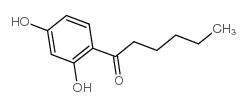
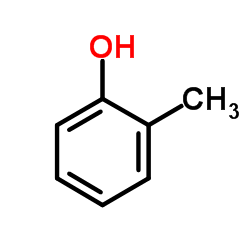
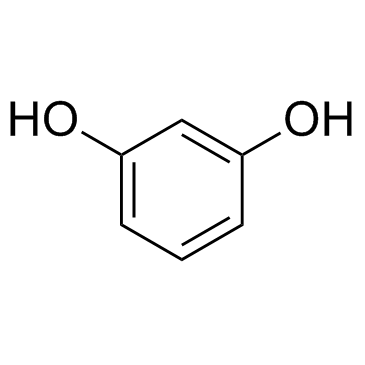
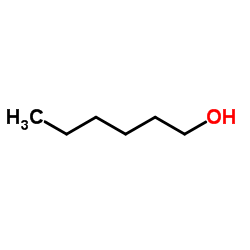


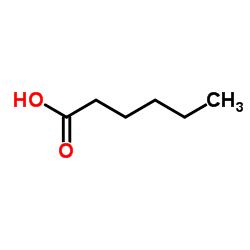
![3-butoxy-4-hexyl-6-[1-(hydroxyamino)ethylidene]cyclohexa-2,4-dien-1-one structure](https://image.chemsrc.com/caspic/407/101002-18-0.png)
![3-butoxy-4-hexyl-6-[1-(hydroxyamino)decylidene]cyclohexa-2,4-dien-1-one structure](https://image.chemsrc.com/caspic/063/143287-10-9.png)
![N-[2-[[4-[2-(4-benzylpiperazin-1-yl)-2-oxoethyl]-1,3-thiazol-2-yl]amino]-2-oxoethyl]-4-chloro-N-cyclopropylbenzamide structure](https://image.chemsrc.com/caspic/481/6033-48-3.png)
